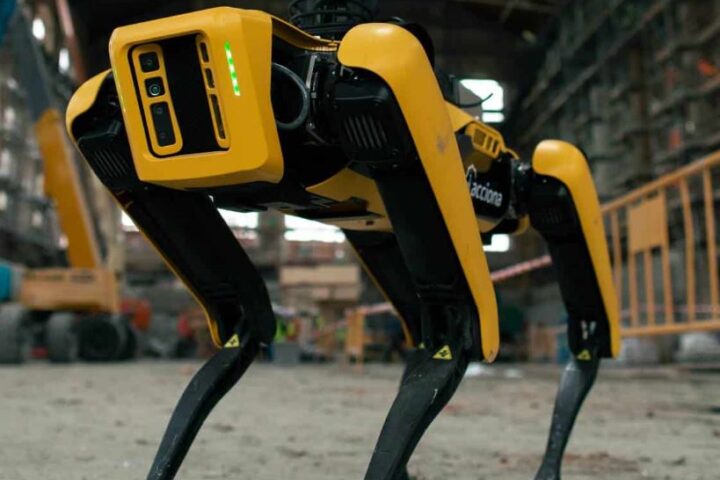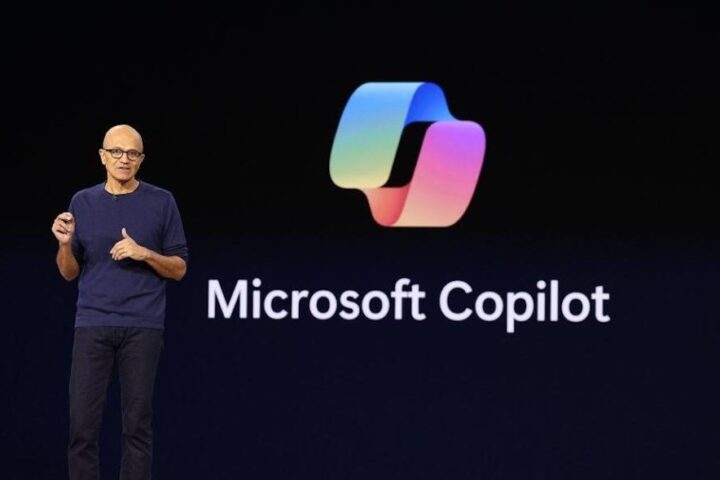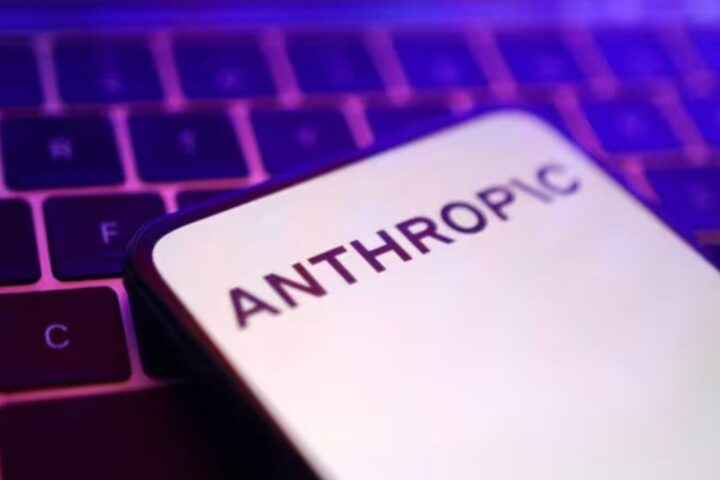 AI is reshaping our workplaces in ways that can boost productivity but also stir up new challenges. At its core, the integration of artificial intelligence presents a mix of opportunity and risk—a sentiment echoed by experts like Pedro Uria-Recio, CIMB Group’s chief data and AI officer.
AI is reshaping our workplaces in ways that can boost productivity but also stir up new challenges. At its core, the integration of artificial intelligence presents a mix of opportunity and risk—a sentiment echoed by experts like Pedro Uria-Recio, CIMB Group’s chief data and AI officer.
Speaking at GITEX Asia 2025, Uria-Recio reminded us that while technology can power more efficient operations, it could also leave some workers behind if businesses aren’t careful. “There is a huge wave of change, and unfortunately, some people might be left behind,” he said. A recent report by a United Nations Trade and Development agency warned that AI might affect up to 40% of global jobs, potentially widening the gap between nations.
For many leaders, the solution lies in upskilling employees while rethinking job creation. They argue that instead of trying to shelter every job from technological shifts, companies should focus on helping their teams adapt and thrive in an AI-first world. Tomasz Kurczyk, Prudential Singapore’s chief information technology officer, summed it up well: “We need to establish that protecting employment might not be the right mindset. The question is: ‘What can we do to make sure that we adapt employment?’ It’s like trying to prevent a tsunami wave—we know protection will not necessarily be effective.”
This conversation echoes the seismic shift we saw with the internet’s rise at the turn of the century. The 2022 debut of OpenAI’s ChatGPT marked a clear pivot point, accelerating AI’s influence on global workforce strategies. “Later… we started to [think] mobile-first. I think the mindset now has to be AI-first, but keeping humans in the loop,” Uria-Recio added.
Recent data from the 2025 Microsoft Trend Index shows that 82% of business leaders plan to roll out advanced AI tools within the next 18 months, and nearly 78% are considering hiring roles focused solely on AI. While nearly half are investing in upskilling, about a third are also weighing the possibility of workforce reductions. Kurczyk cautions that AI’s ability to process data at incredible speed might also amplify existing biases—since, ultimately, the data is created by humans. He stresses that targeted strategies will be key to mitigating these issues.
Despite these concerns, there’s a strong current of optimism. Kurczyk believes that as AI becomes more accessible, it could open up fresh opportunities—even reviving traditional artisanal industries in unexpected ways. The consensus among experts is clear: to navigate this dynamic landscape, educational bodies, governments, and organisations need to work together. Doing so will help ensure that the benefits of AI are shared widely, rather than deepening existing inequalities.








